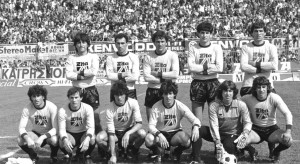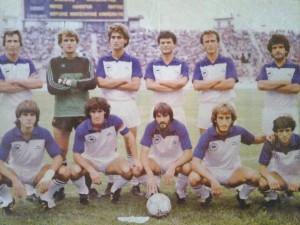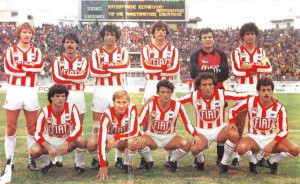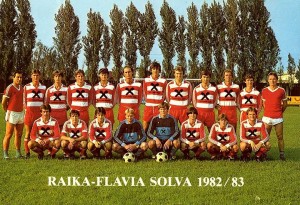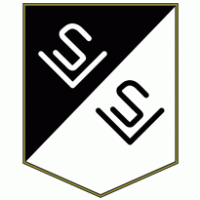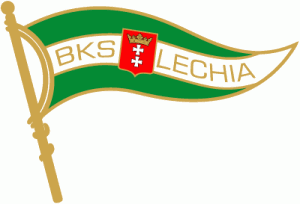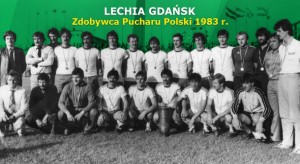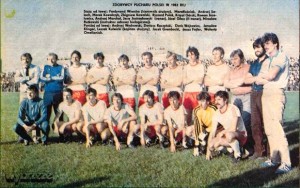The Austrian top league can be summarized simply in one sentence: shoulder to shoulder battle between Rapid and Austria and nothing else. It was like 14 teams played different championship on their own and not even all of them – at the bottom 4 teams were not even up to that standard.
 1. FC Simmering (Vienna) – or CEOX Simmering, or ISSC, whatever you decide – did not belong even to the outsiders: they finished 16th with 11 points, losing 21 of the 30 championship games they played.
1. FC Simmering (Vienna) – or CEOX Simmering, or ISSC, whatever you decide – did not belong even to the outsiders: they finished 16th with 11 points, losing 21 of the 30 championship games they played.
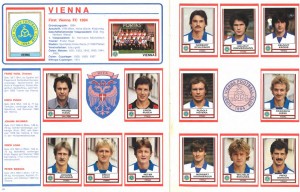 First Vienna collected 19 points, which was good enough only for 15th place – and relegation.
First Vienna collected 19 points, which was good enough only for 15th place – and relegation.
 Brace yourself… Union Wels, Raika Wels, Union Raiffeisen Wels, pick a name, managed to survive with 20 points – 14th. Well, one more season in the top league for sure.
Brace yourself… Union Wels, Raika Wels, Union Raiffeisen Wels, pick a name, managed to survive with 20 points – 14th. Well, one more season in the top league for sure.
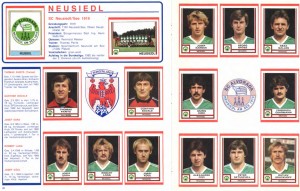
SC Neusiedl – or SC Alvorada – also got one more season to play with the best: 13th with 21 points. It was already clear that they and Union Wels were to finish at the league bottom in the next season – and again at the bottom, if escaping relegation again.
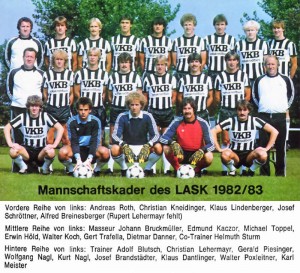 With 25 points LASK (Linz) took the 12th place – down in the table even in such weak championship.
With 25 points LASK (Linz) took the 12th place – down in the table even in such weak championship.
 Wiener Sport-club (Vienna) was 11th with 27 points. Alfred Riedl, Peter Pacult, Wolfgang Kienast, and Bogdan Masztaler were the stars. Well, if you call them stars… and if you remember Masztaler playing for his native Poland at the 1978 World Cup. Unlike the Austrians, he had no longer chance to play for stronger club. Wiener Sport-club, once well known and strong, was a sad example of the Austrian football reality: even Vienna was unable to keep more than 2 descent clubs.
Wiener Sport-club (Vienna) was 11th with 27 points. Alfred Riedl, Peter Pacult, Wolfgang Kienast, and Bogdan Masztaler were the stars. Well, if you call them stars… and if you remember Masztaler playing for his native Poland at the 1978 World Cup. Unlike the Austrians, he had no longer chance to play for stronger club. Wiener Sport-club, once well known and strong, was a sad example of the Austrian football reality: even Vienna was unable to keep more than 2 descent clubs.
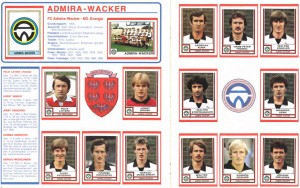 Admira/Wacker, 9 times champion of Austria in the past, now was only good to prevail over Wiener Sport-club on goal-difference and finish 10th. No wonder why… their most famous player was Ladislav Kuna. His name made sense only to those remembering the 1960s. As for the future… talented Josef Degeorgi most certainly was not going to be part of Admira/Wacker’s one.
Admira/Wacker, 9 times champion of Austria in the past, now was only good to prevail over Wiener Sport-club on goal-difference and finish 10th. No wonder why… their most famous player was Ladislav Kuna. His name made sense only to those remembering the 1960s. As for the future… talented Josef Degeorgi most certainly was not going to be part of Admira/Wacker’s one.
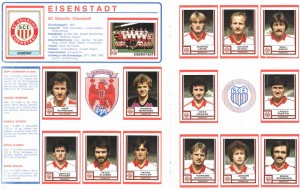 Considering the state of Wiener Sport-club and Admira/Wacker, SC Eisenstadt – wait, shall we try SC Eduscho Eisenstadt – had a great season. After all, they were lucky just to be members of First Division… and finished 9th with 29 points. Mastering the tie was their secret – they managed the most in the league, 13. Laszlo Pusztai was no longer good enough to play for Hungary, but was still fine for a small Austrian club.
Considering the state of Wiener Sport-club and Admira/Wacker, SC Eisenstadt – wait, shall we try SC Eduscho Eisenstadt – had a great season. After all, they were lucky just to be members of First Division… and finished 9th with 29 points. Mastering the tie was their secret – they managed the most in the league, 13. Laszlo Pusztai was no longer good enough to play for Hungary, but was still fine for a small Austrian club.
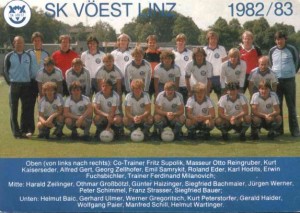 VOEST (Linz) – 8th with 32 points. By now, close to an outsider, if the 10-team league was in place. Bigger league gave them mid-table comfort.
VOEST (Linz) – 8th with 32 points. By now, close to an outsider, if the 10-team league was in place. Bigger league gave them mid-table comfort.
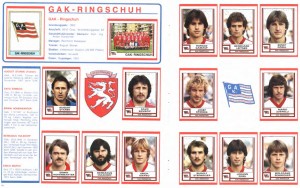 GAK-Ringschuh, better known as Grazer AK (Graz). A tiny bit better goal-difference placed above VOEST and 7th. A bit of novelty… once upon a time mighty defender of mighty Ajax (Amsterdam) Barry Hulshoff played for or at least was registered with GAK this season. He just arrived from Dutch second division club MVV Maastricht. By a sharp contrast, the other foreign player was entirely unheard of: the Yugoslav goalkeeper Savo Ekmecic, already 34 years old, was keeping the gate since 1977. As for Hulshoff, he was 36 years old now and the coach, a regular of Bayern (Munchen) during its rise in the 1960s, August Starek was one year older – as things were, Starek would have been still playing if so wished…
GAK-Ringschuh, better known as Grazer AK (Graz). A tiny bit better goal-difference placed above VOEST and 7th. A bit of novelty… once upon a time mighty defender of mighty Ajax (Amsterdam) Barry Hulshoff played for or at least was registered with GAK this season. He just arrived from Dutch second division club MVV Maastricht. By a sharp contrast, the other foreign player was entirely unheard of: the Yugoslav goalkeeper Savo Ekmecic, already 34 years old, was keeping the gate since 1977. As for Hulshoff, he was 36 years old now and the coach, a regular of Bayern (Munchen) during its rise in the 1960s, August Starek was one year older – as things were, Starek would have been still playing if so wished…
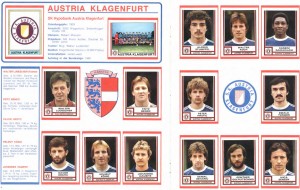 SK Hypobank Austria, or Austria, or simply Klagenfurt (to avoid duplication and confusion with their Vienna-based namesake) spent some years in second division obscurity, so 6th place was great in a way. Nothing much, but some ambition could be detected in the make up of the squad: relatively good keeper, considered once a national team material – Fritz Benko, seemingly the only African player in the league – Kassim Ramadhani, and a suspicious group of Yugoslavs: 4 of them. Their large number questions the rule for foreign players allowed – it could have been 3 instead of the typical for the time 2 foreigners. Still, there would be too many foreigners, so some Yugoslavs could be naturalized Austrians by now. Ivica Senzen was too old and although never a star, ar least well known player back at home to be good material for naturalization, but certainly the young brothers Hrstic were if not born in Austria, at least naturalized, for they played big role in Austrian football of the 1980s.
SK Hypobank Austria, or Austria, or simply Klagenfurt (to avoid duplication and confusion with their Vienna-based namesake) spent some years in second division obscurity, so 6th place was great in a way. Nothing much, but some ambition could be detected in the make up of the squad: relatively good keeper, considered once a national team material – Fritz Benko, seemingly the only African player in the league – Kassim Ramadhani, and a suspicious group of Yugoslavs: 4 of them. Their large number questions the rule for foreign players allowed – it could have been 3 instead of the typical for the time 2 foreigners. Still, there would be too many foreigners, so some Yugoslavs could be naturalized Austrians by now. Ivica Senzen was too old and although never a star, ar least well known player back at home to be good material for naturalization, but certainly the young brothers Hrstic were if not born in Austria, at least naturalized, for they played big role in Austrian football of the 1980s.
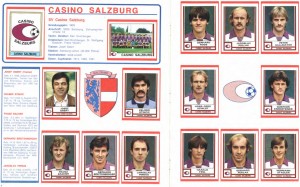 SV Casino – or Austria, or sometimes just Salzburg, years before becoming Red Bull and strong. Normally, they played a small role in the championship, so finishing 5th, if only thanks to better goal-difference, was more than well done, perhaps even promising. Bacher and Breitenberger played occasionally for Austria and three other players, just because they were imports, completed the group of strong players – 5 was really solid group for an Austrian team. But… the foreigners, save long time Czechoslovakian international Jaroslav Polak, were virtually unknown. But old… Polak was over 30, his countryman Pirnus was 30, the Yugoslav goalkeeper Stincic – 32.
SV Casino – or Austria, or sometimes just Salzburg, years before becoming Red Bull and strong. Normally, they played a small role in the championship, so finishing 5th, if only thanks to better goal-difference, was more than well done, perhaps even promising. Bacher and Breitenberger played occasionally for Austria and three other players, just because they were imports, completed the group of strong players – 5 was really solid group for an Austrian team. But… the foreigners, save long time Czechoslovakian international Jaroslav Polak, were virtually unknown. But old… Polak was over 30, his countryman Pirnus was 30, the Yugoslav goalkeeper Stincic – 32.
 Sturm – or Raika Sturm (Graz) – finished 4th with 37 points. Well done by one of the better teams at the time. Jurtin, Pichler, Saria, and Bakota provided enough strength for high position. At the moment, Sturm was promising, although not really expected to challenge the establishment.
Sturm – or Raika Sturm (Graz) – finished 4th with 37 points. Well done by one of the better teams at the time. Jurtin, Pichler, Saria, and Bakota provided enough strength for high position. At the moment, Sturm was promising, although not really expected to challenge the establishment.
Wacker (Innsbruck) – or SSW – took the bronze with 38 points. Not bad and even looking like they wee going to maintain leading position, but in fact Wacker was slowly declining.
Rapid and Austria left the rest of the league far behind, running exciting race from start to finish. The arch-rivals ended with 48 points each and goal-difference decided the new champion.
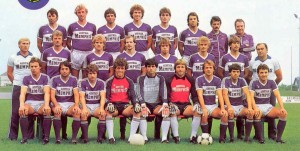
 FK Austria – or Austria-Memphis – lost. 22 wins, 4 ties, 4 losses, 76-27. Strong season with a bit of unfortunate end. The squad, lead by coach Halama and his assistant, the Czechoslovakian European champion of 1976 Jan Pivarnik was perhaps the strongest by names: Concilia, Sara, Daxbacher, Obermayer, Gasselich, Dihanich were all members of the strong Austrian national team at that time. Plus two Bulgarian strikers – Petko Petkov and Tchavdar Tzvetkov and Hungarian midfielder Magyar. The foreigners were aging, especially Petkov, but still played strong. Tony Polster was the greatest star not only of the team – he was the biggest Austrian hope for the future, the shining next generation ready to take over Krankl and Prohaska and still playing at home.
FK Austria – or Austria-Memphis – lost. 22 wins, 4 ties, 4 losses, 76-27. Strong season with a bit of unfortunate end. The squad, lead by coach Halama and his assistant, the Czechoslovakian European champion of 1976 Jan Pivarnik was perhaps the strongest by names: Concilia, Sara, Daxbacher, Obermayer, Gasselich, Dihanich were all members of the strong Austrian national team at that time. Plus two Bulgarian strikers – Petko Petkov and Tchavdar Tzvetkov and Hungarian midfielder Magyar. The foreigners were aging, especially Petkov, but still played strong. Tony Polster was the greatest star not only of the team – he was the biggest Austrian hope for the future, the shining next generation ready to take over Krankl and Prohaska and still playing at home.
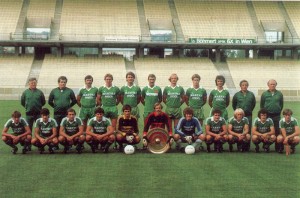 Rapid (Vienna) was lucky to win the title. After 20 wins, 8 ties, and 2 lost matches, they had the same points as Austria – 48. Goal-difference gave them the victory: they scored less than Austria, but had stronger defense record: 72-18. That gave them +54 to Austria’s + 49. Austria appeared stronger by names, Rapid – younger.
Rapid (Vienna) was lucky to win the title. After 20 wins, 8 ties, and 2 lost matches, they had the same points as Austria – 48. Goal-difference gave them the victory: they scored less than Austria, but had stronger defense record: 72-18. That gave them +54 to Austria’s + 49. Austria appeared stronger by names, Rapid – younger.
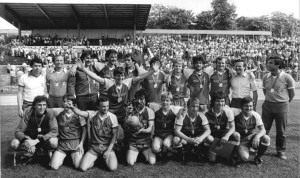 For 1. FC Magdeburg the season ended really well. True, they had no real opposition at the final, but that was not their fault. One may even say these boys were the true football champions of DDR and to a point it could be fair. To a point… for Magdeburg had problems and the team was not great, and there was little hope it will be better in the foreseeable future. But no matter, for victory is victory and that in front of 50 000 – perhaps fewer watched Dynamo (Berlin) during the whole season.
For 1. FC Magdeburg the season ended really well. True, they had no real opposition at the final, but that was not their fault. One may even say these boys were the true football champions of DDR and to a point it could be fair. To a point… for Magdeburg had problems and the team was not great, and there was little hope it will be better in the foreseeable future. But no matter, for victory is victory and that in front of 50 000 – perhaps fewer watched Dynamo (Berlin) during the whole season.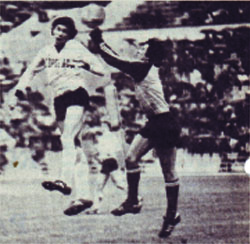

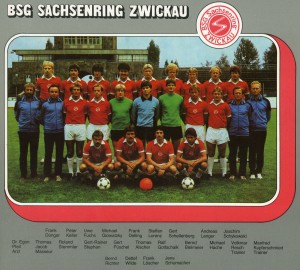


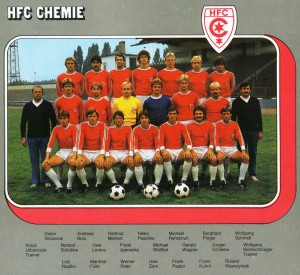
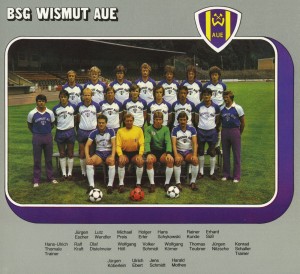
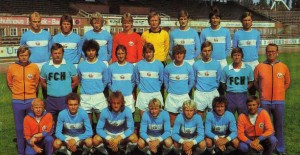
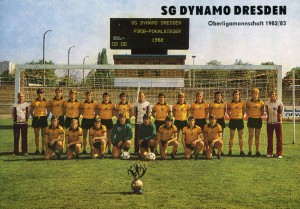

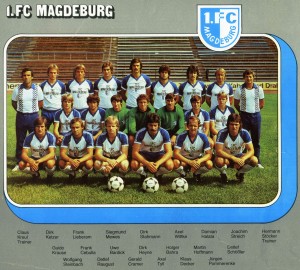
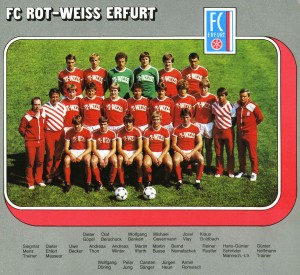
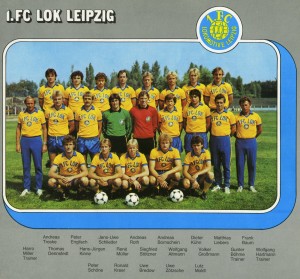

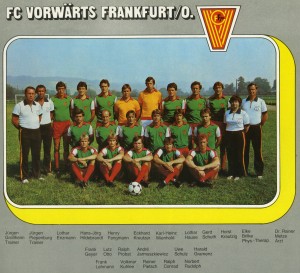
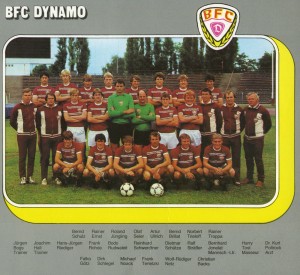
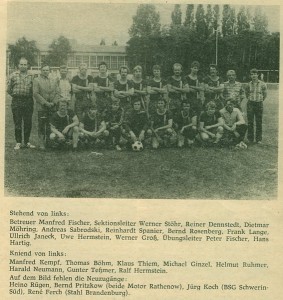


![StahlBrandenburg_1982-83_1[1]](/wp-content/uploads/2018/03/StahlBrandenburg_1982-83_11-300x201.jpg)

